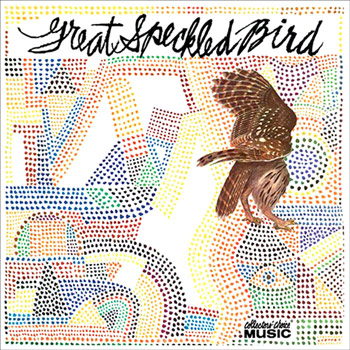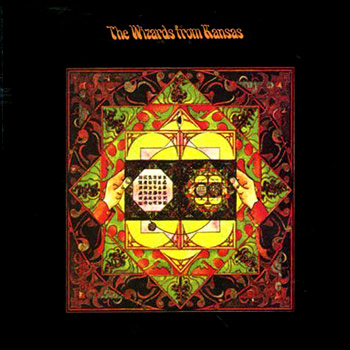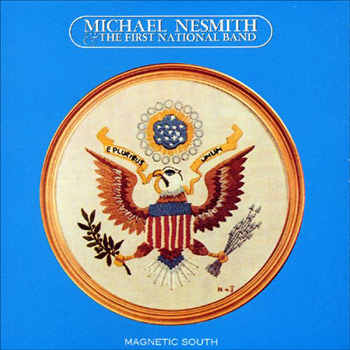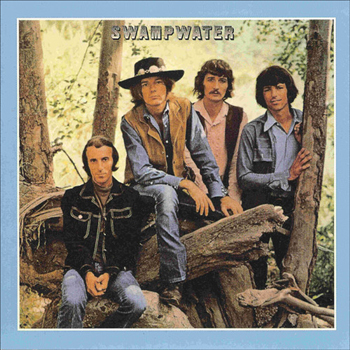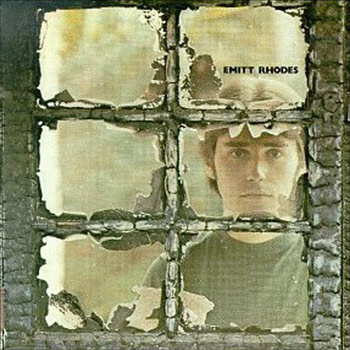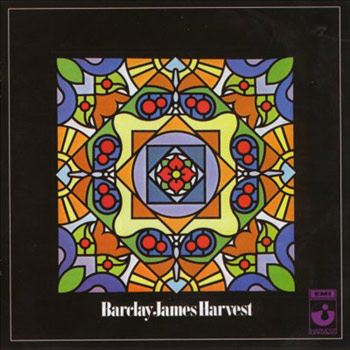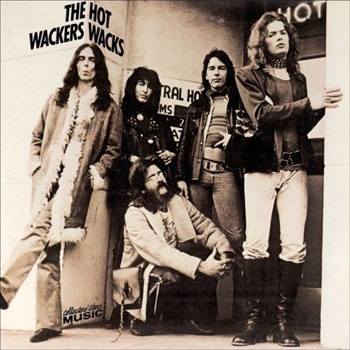Shiva’s Headband “Take Me To The Mountains”
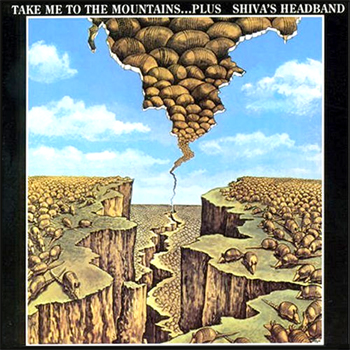
Shiva’s Headband was the first rock/country rock group to establish the Austin, Texas music scene. They were also the first Austin Texas group to be signed to a major record label. The above album, Take Me To The Mountains came out in 1970, off the Capitol label.
The cover art is very surreal and striking, only hinting at the sounds from within. Take Me To The Mountains is a wild and woolly mixture of psychedelia, country, blues, hippierock, folk, tex-mex and rock. Similar in style to the Sir Douglas Quintet, although Spencer Perskin’s fiddle dominates rather than Auggie Meyer’s classic organ sound. Vocals are mainly sung by Spencer Perskin with his wife Suzy taking the occasional lead, as heard wonderfully on the blues rock stomper Homesick Armadillo Blues.
The playing on this record is tight, care-free and fun, few records from the 1960’s – early 1970’s are so laid back and joyous. Ripple is a good example of this approach, highlighted by some great, icey blues guitar playing. Some of the country-rock numbers are real classics too. Take a listen to Take Me To The Mountains and My Baby for that real, reckless space cowboy feel. The psychedelic high point is without a doubt Song For Peace. Spencer’s fiddle and Suzy’s organ dominate this hypnotic, drifting psych masterwork. This song was released as a single in the late 60’s albeit in a trippier, even more psychedelic version.
There are no weak tracks on this record which really carves out it’s own sound. The production of Take Me To The Mountains works really well too, in a bare bones minimalist way. It’s important to note that Spencer Perskin is one of Austin’s most popular musicians having established Armadillo Headquarters. In 1971 Shiva released a private press album titled Coming To A Head. This is also a great record with more of a country western sound.
“My Baby”
[ Buy from Amazon | Search eBay ]
